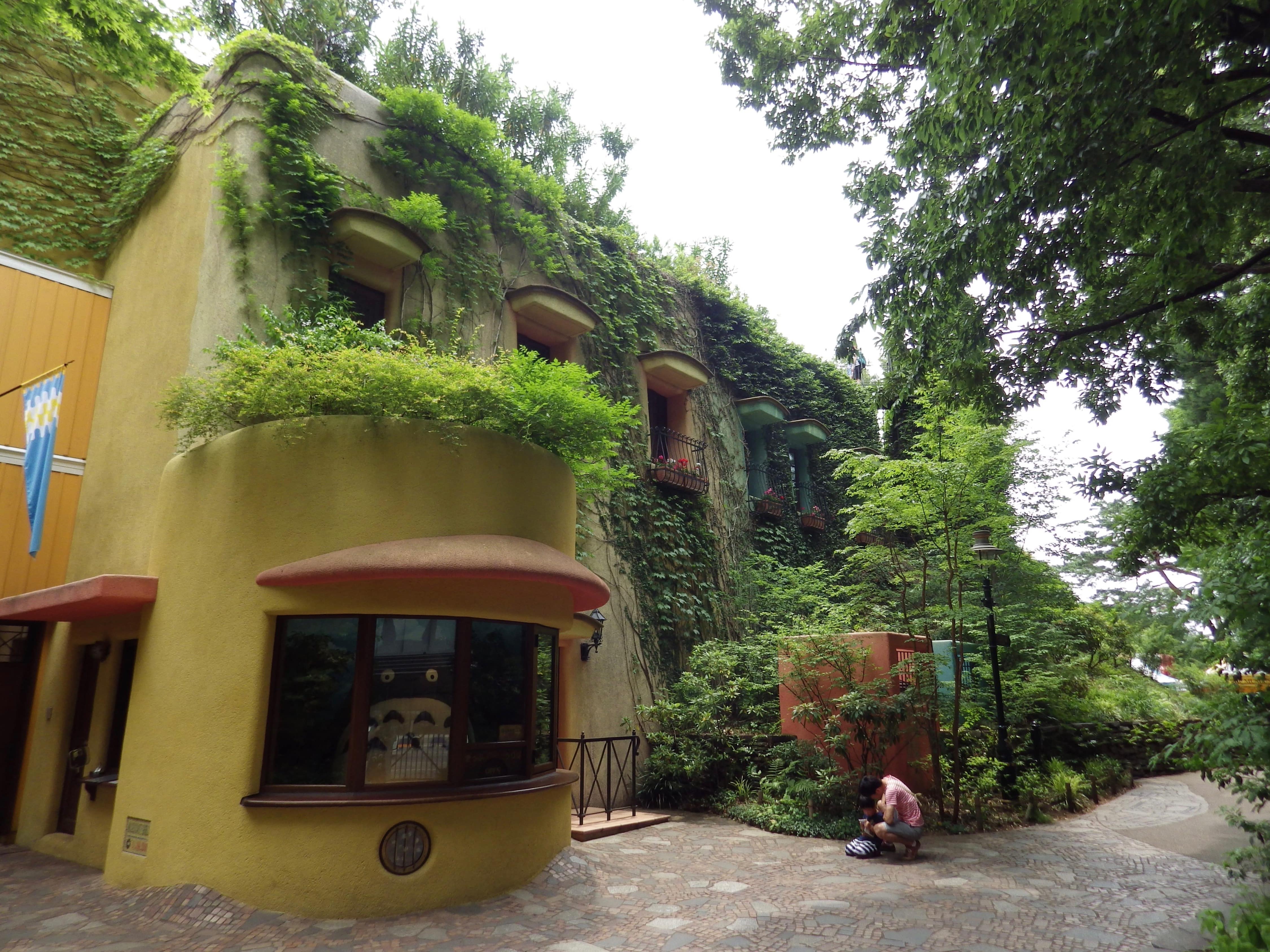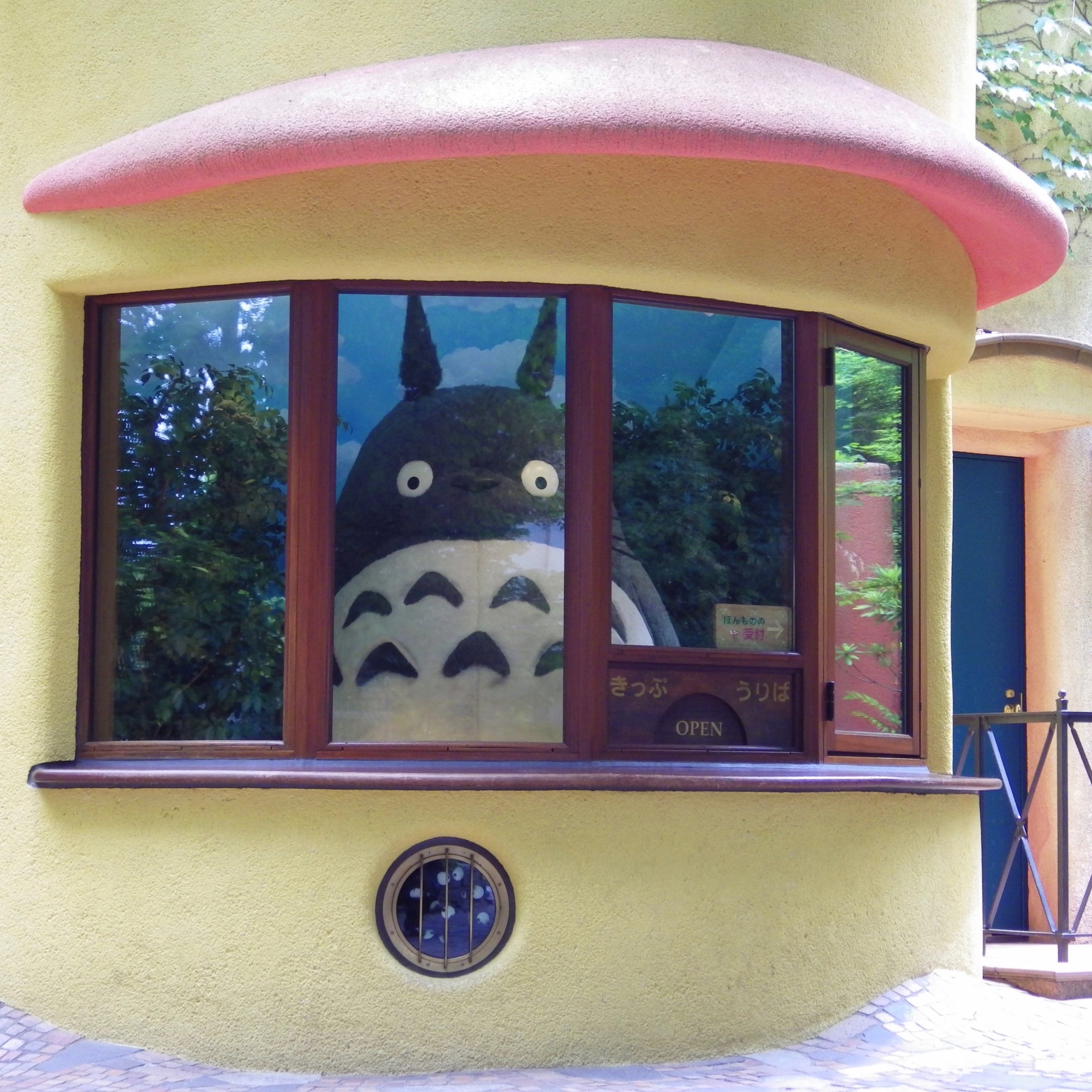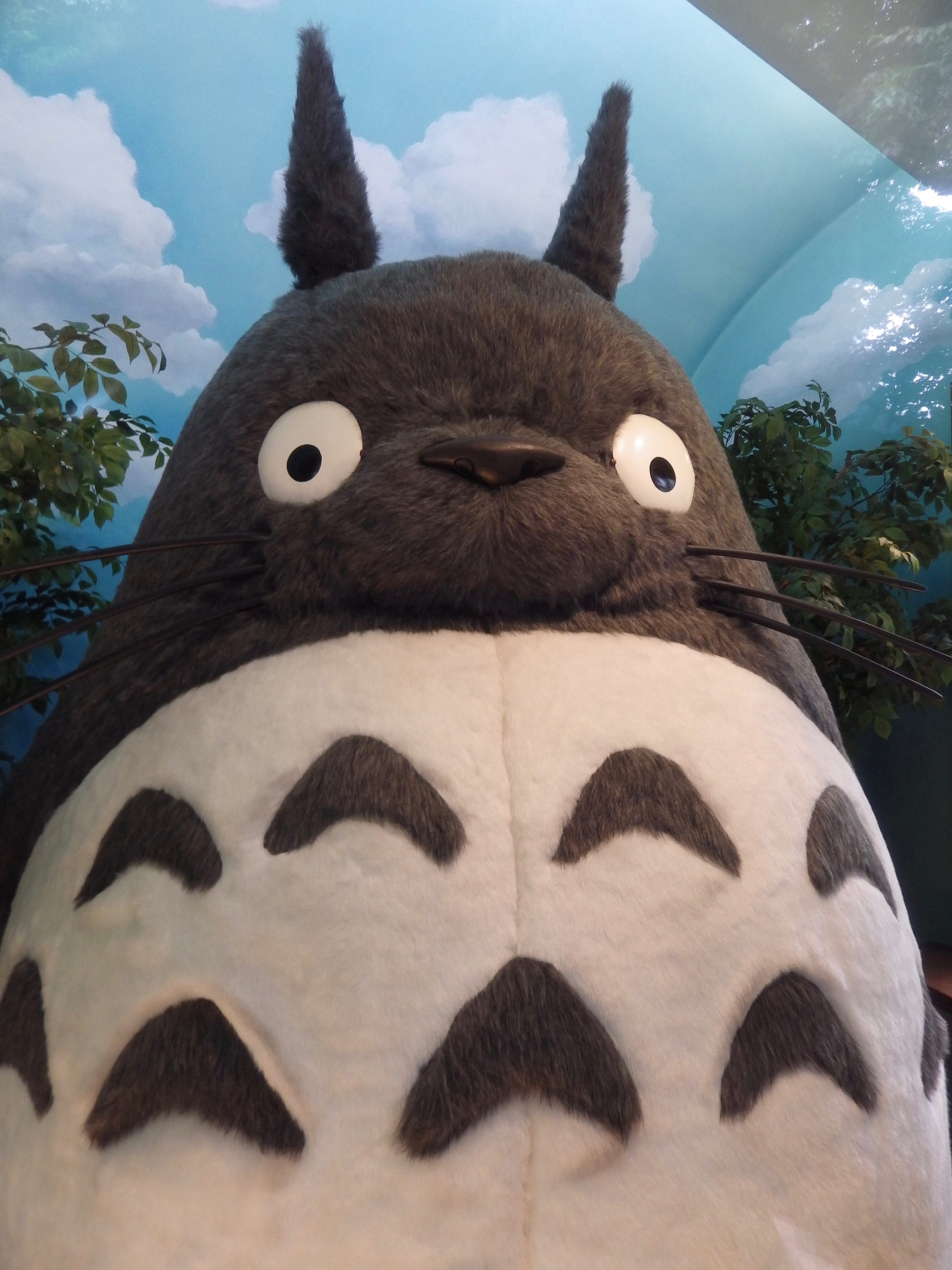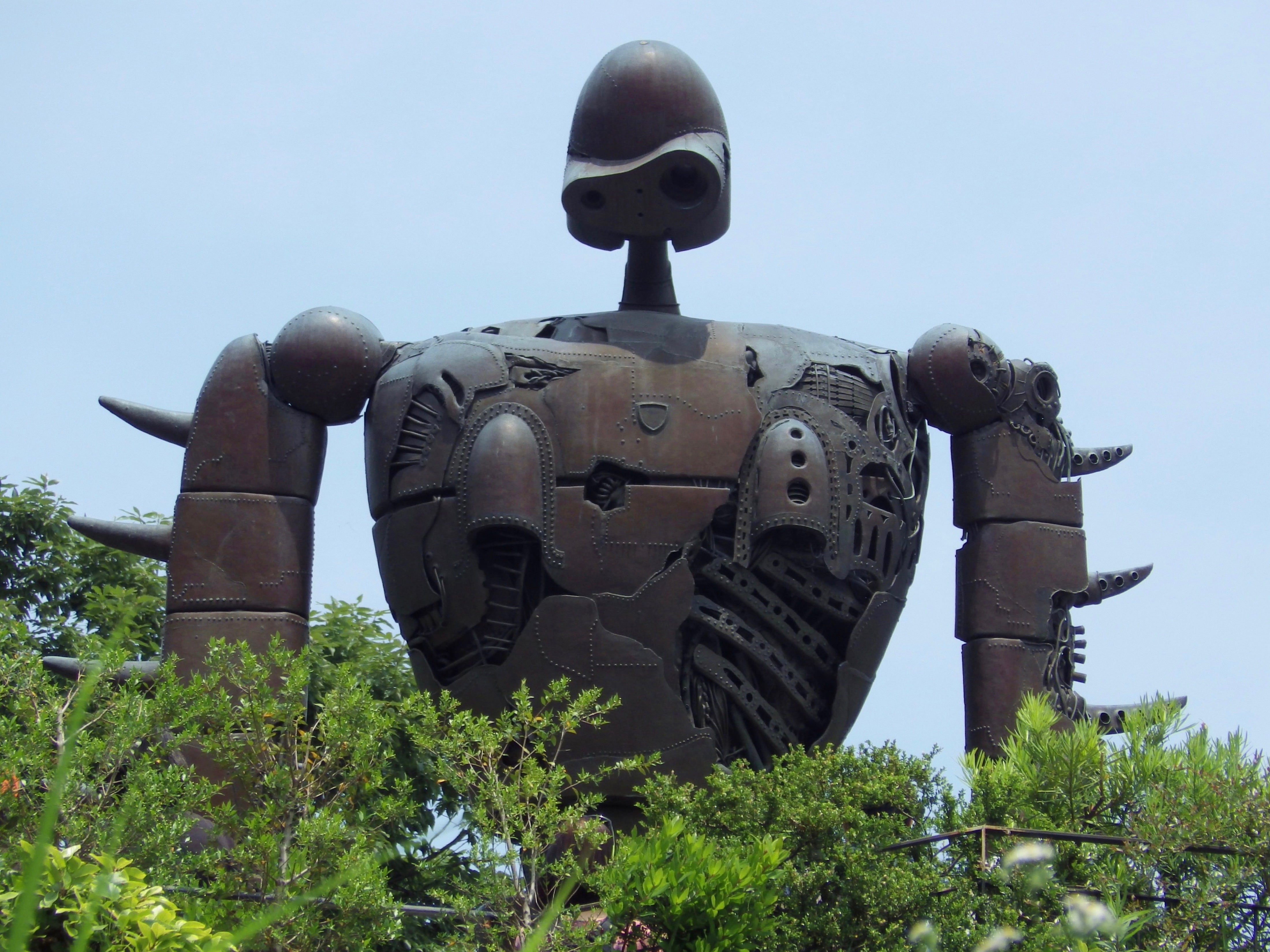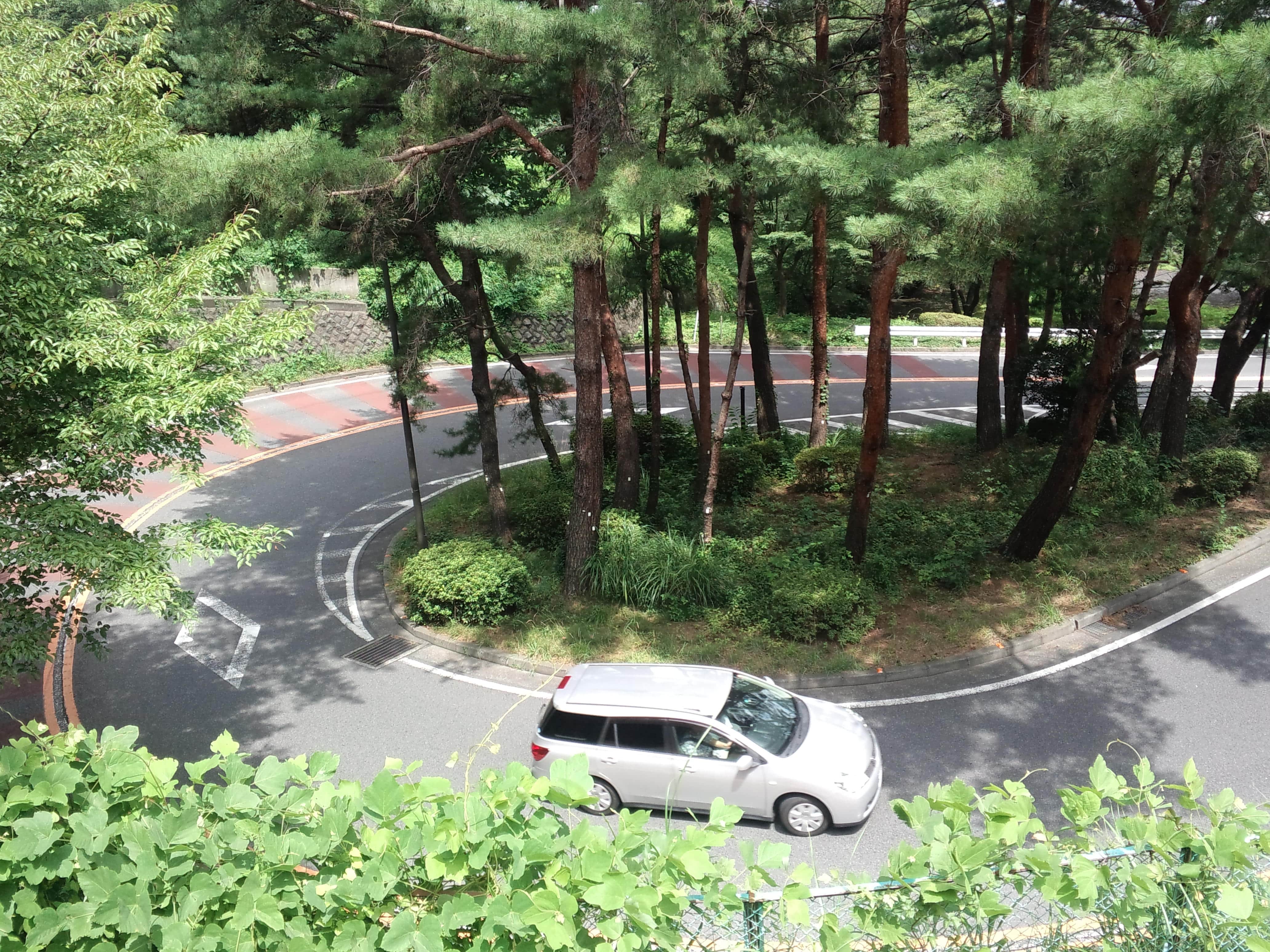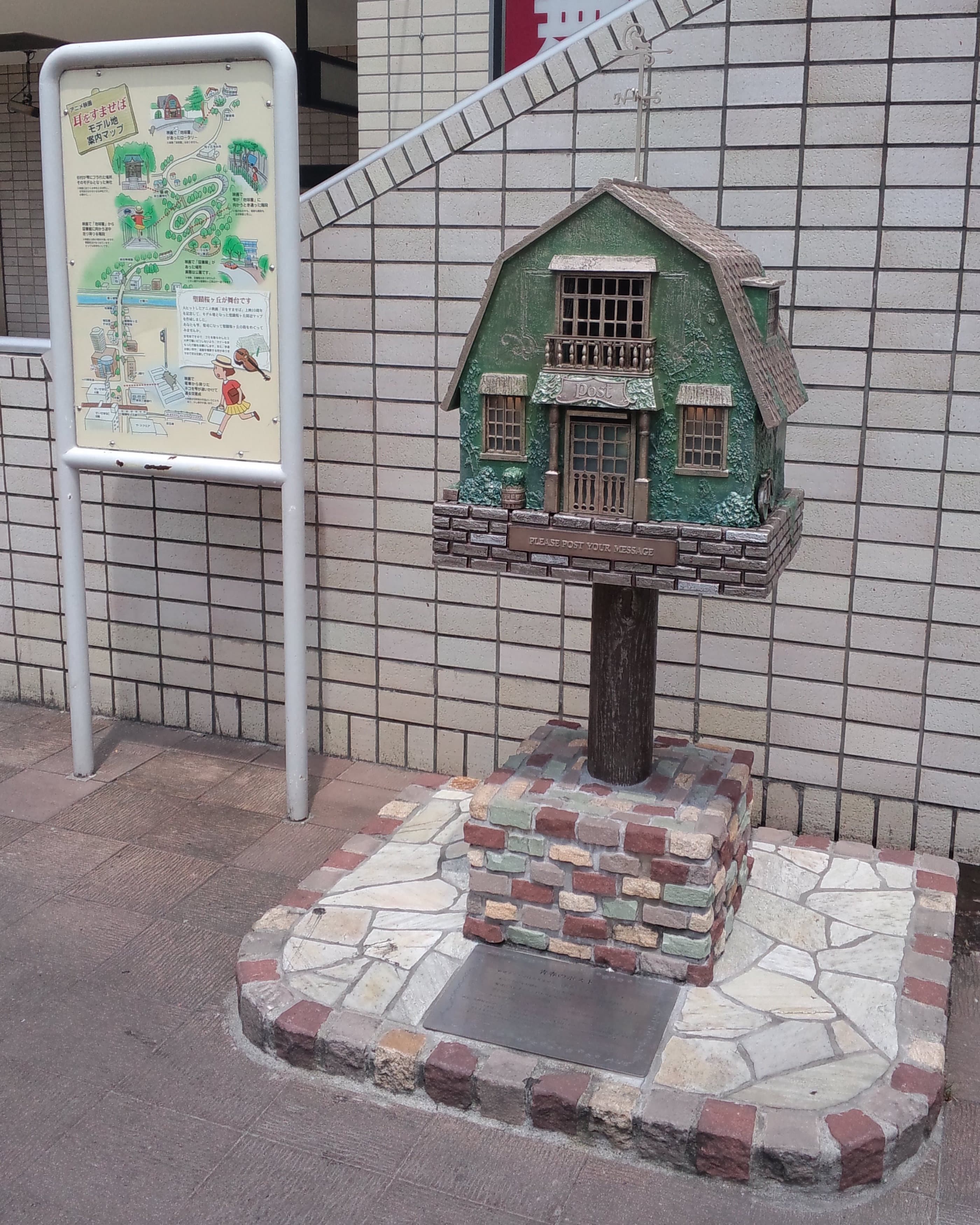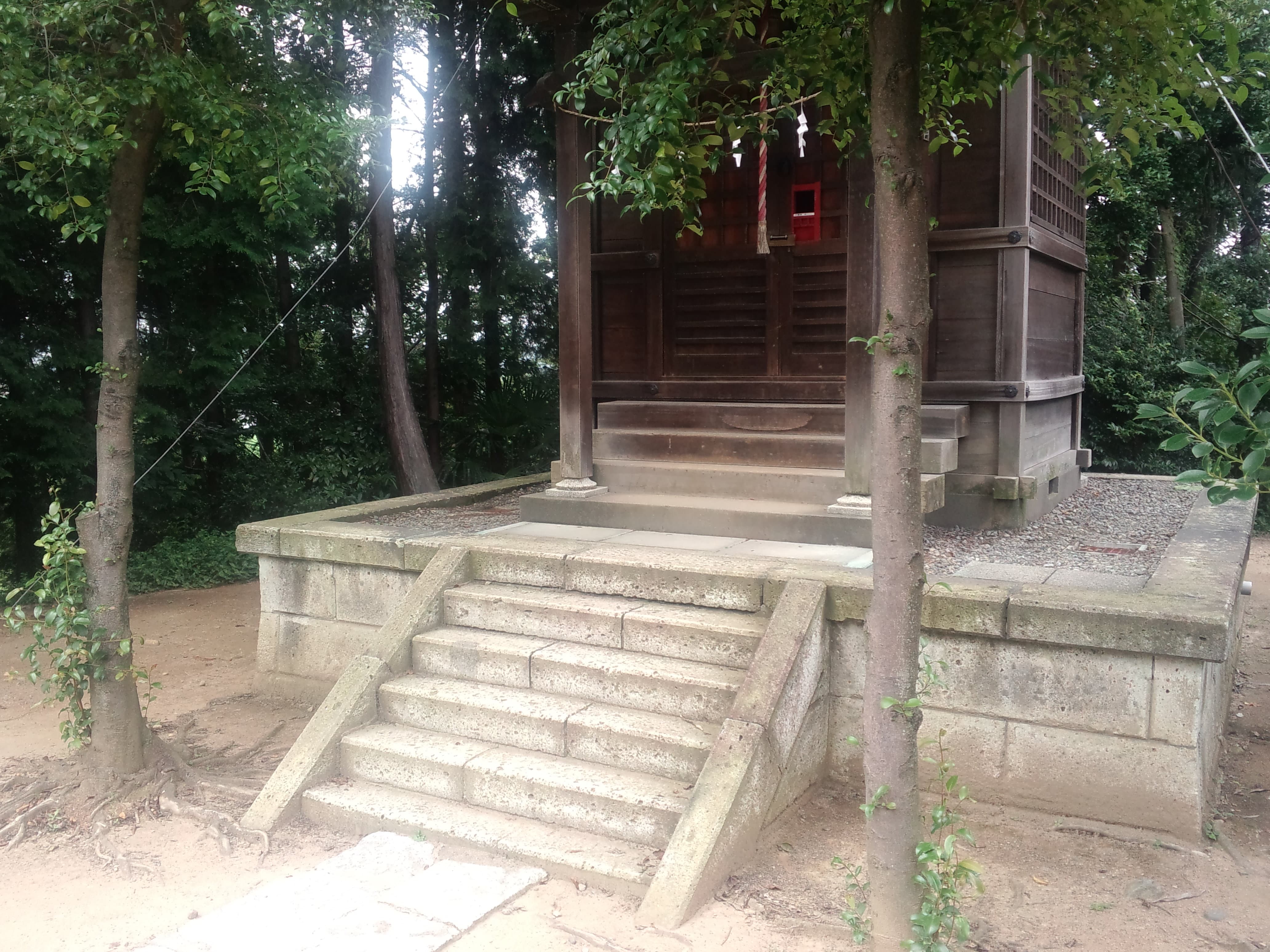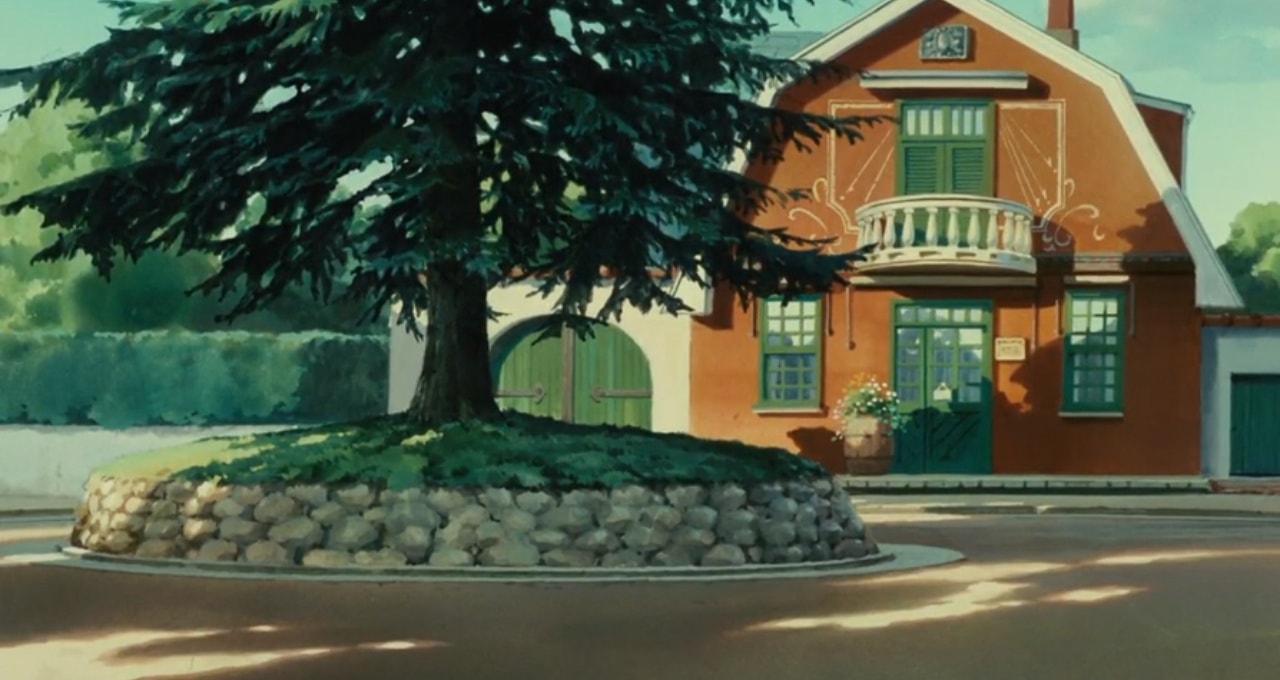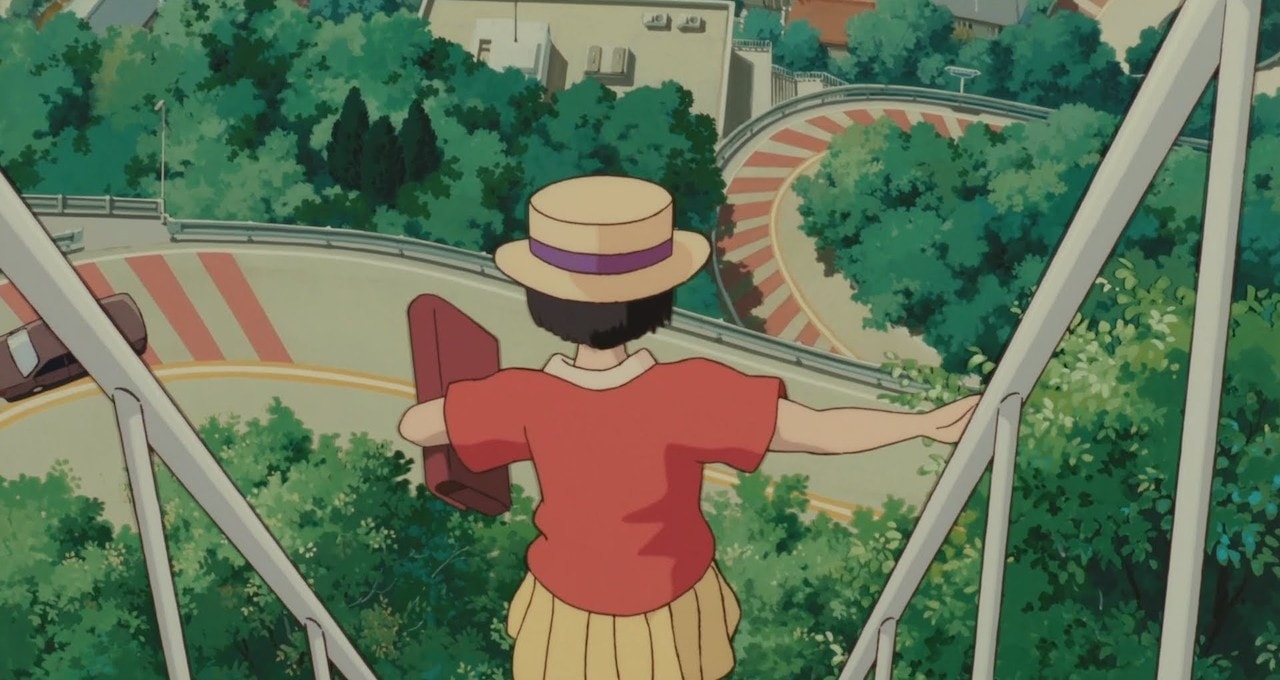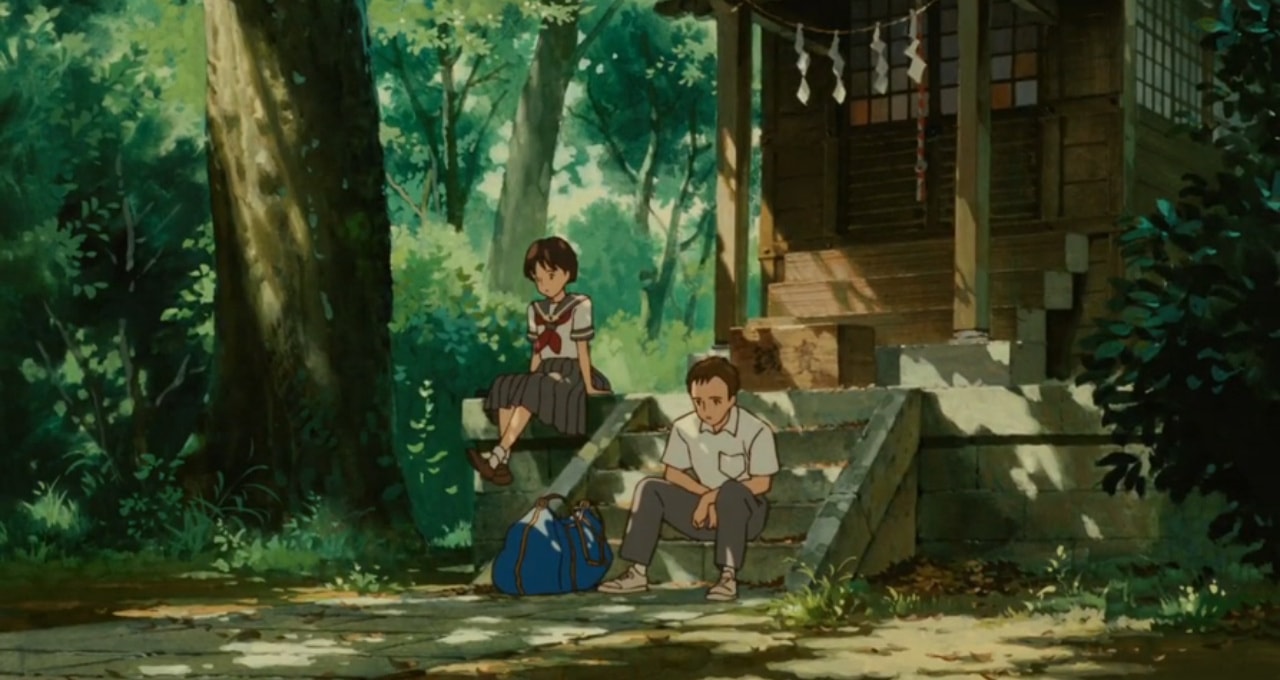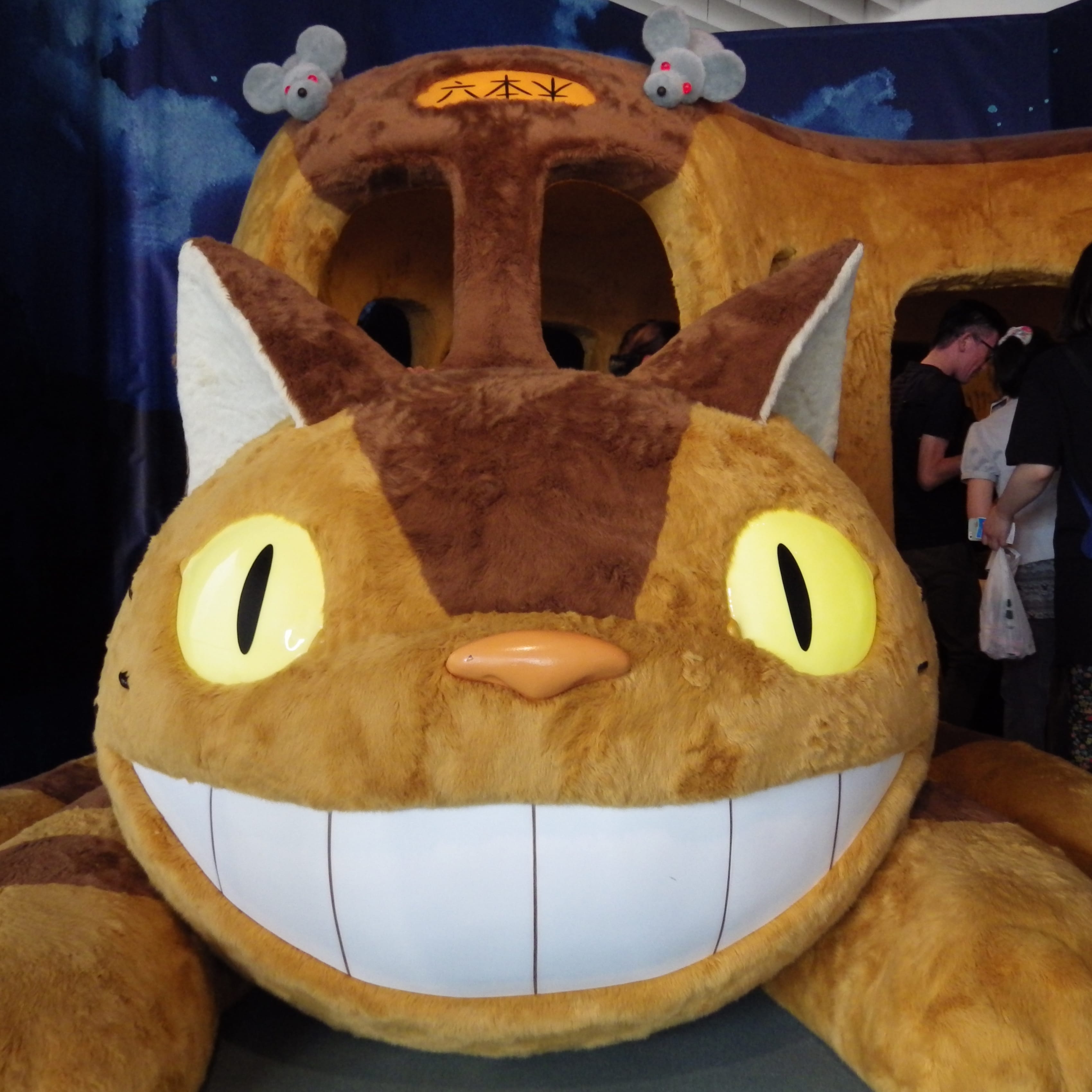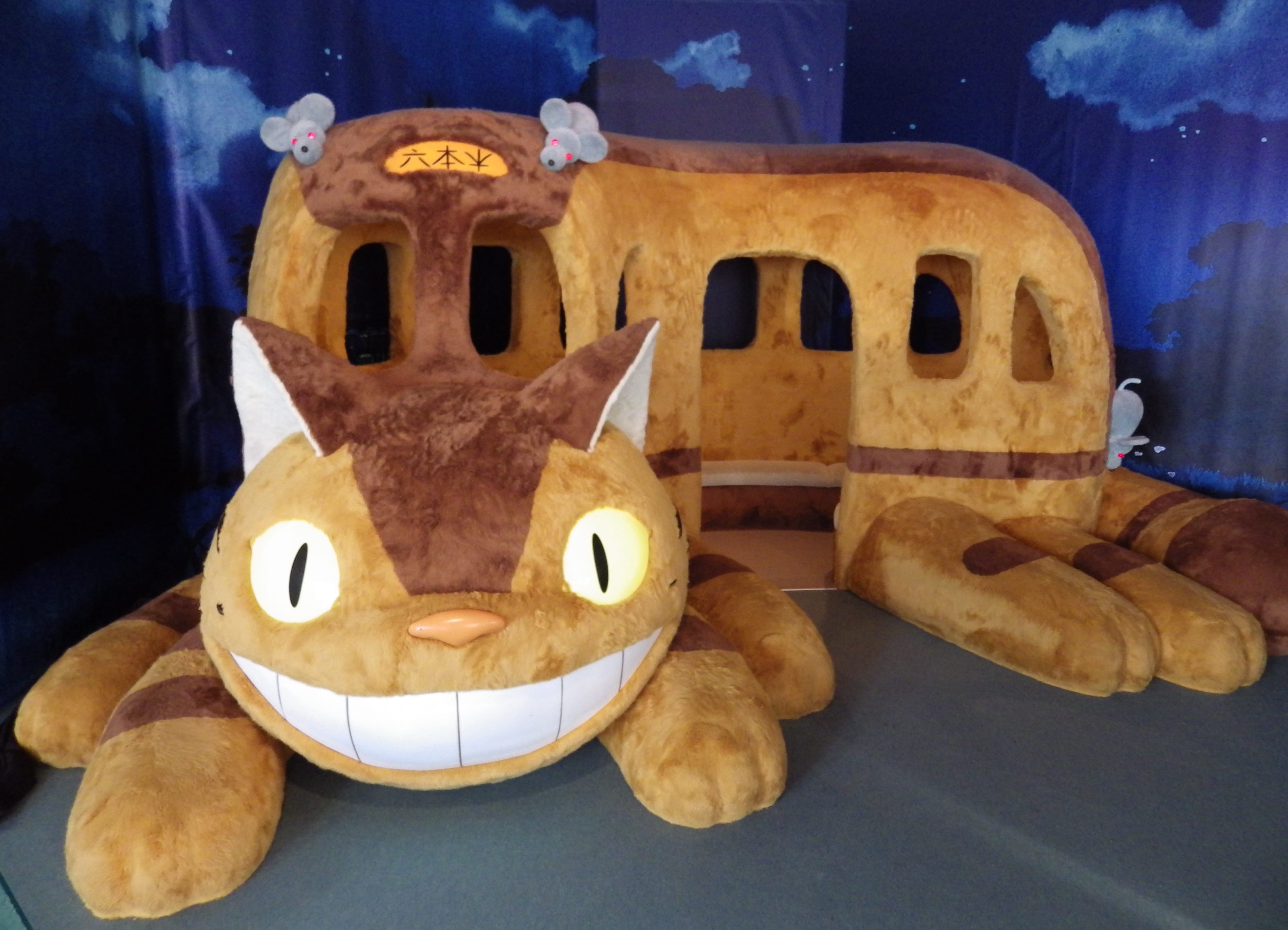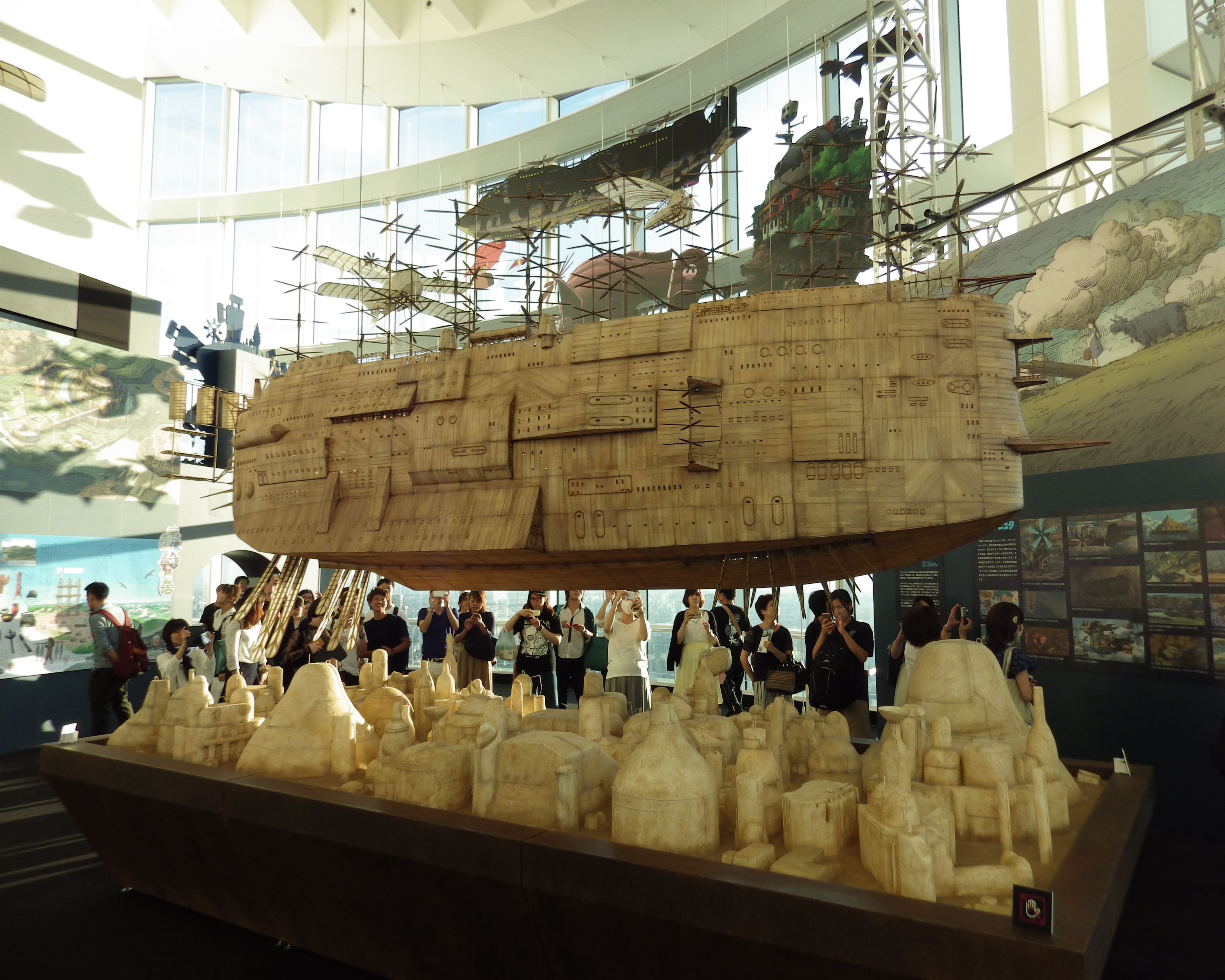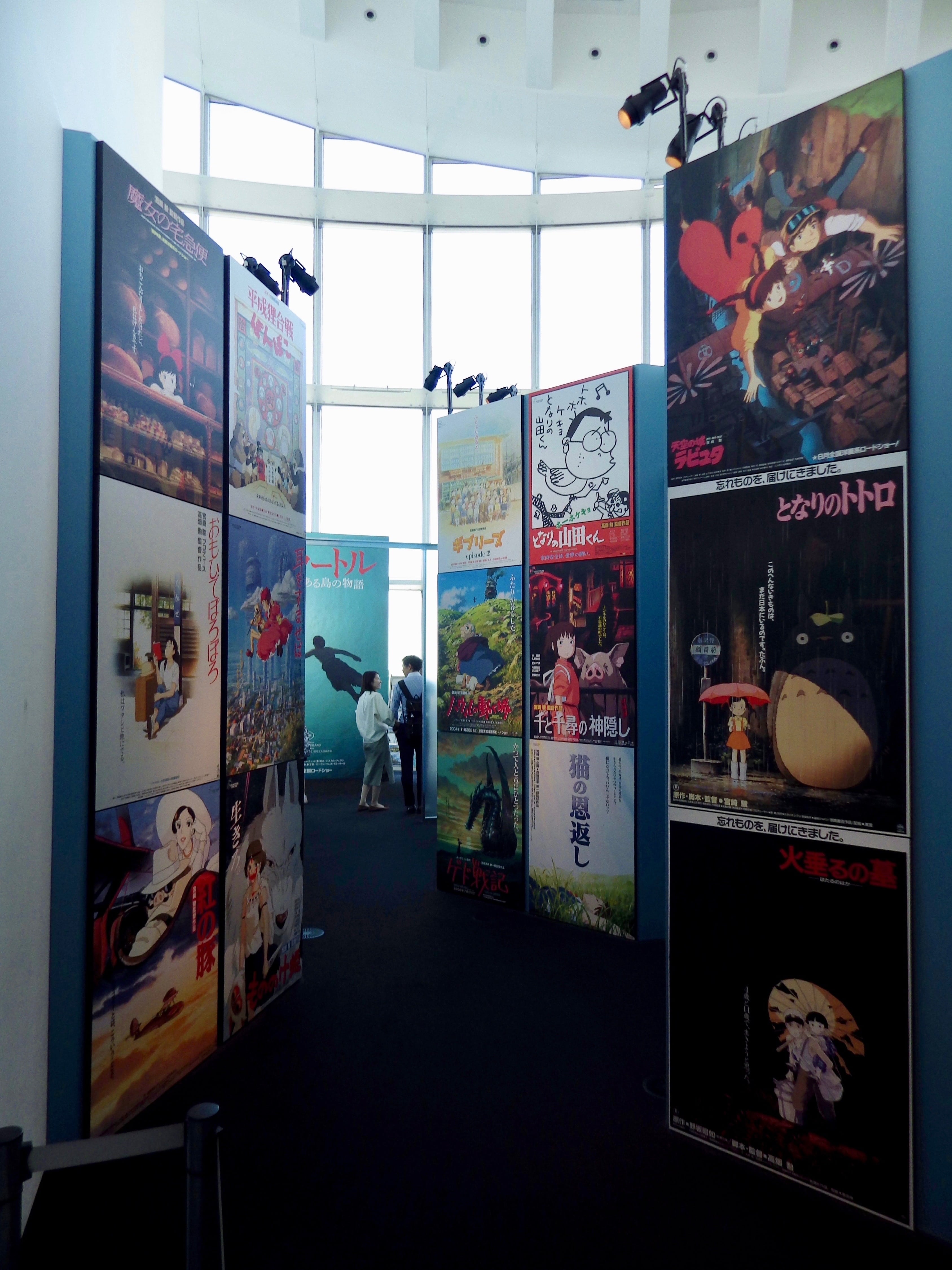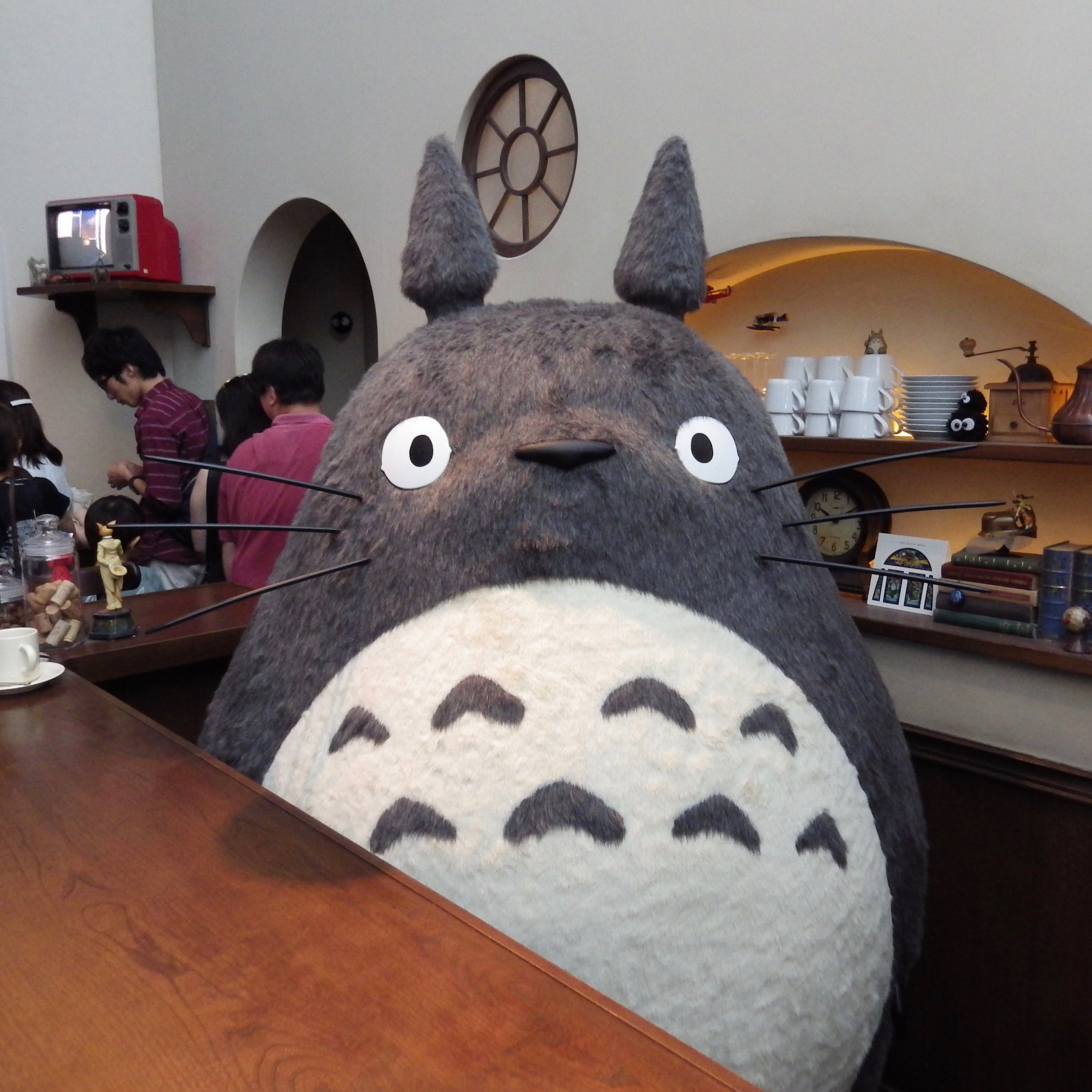Why Japan's New Studio Ghibli Theme Park Is So Exciting (And How It Will Reflect Hayao Miyazaki's Films)
Japanese theme parks have been in the news a lot as of late. We recently reported on the news of Super Nintendo World coming to Universal Studios Japan (Forget about playing Mario Kart – soon you will be able to live the game Mario Kart). We also recently reported on a new attraction called Nemo & Friends SeaRider, developed by Pixar exclusively for Tokyo DisneySea.
In the midst of all this, it was announced that a Studio Ghibli theme park is coming to Japan just in time for the 2020 Tokyo Summer Olympics. Ghibli, of course, is the animation powerhouse behind such films as Princess Mononoke and Spirited Away. It has often been likened to Disney, with IMDb even listing "the Japanese Walt Disney" as an official nickname for the studio's co-founder, Hayao Miyazaki.
Yet the Ghibli park promises to be a very different kind of experience, informed by the environmental sensibilities of Miyazaki's films. A theme park that values immersion and harmony with nature over thrills has deep roots in the filmmaker's thematic concerns.
Before the Theme Park, There Was the Museum
Back in 2015, our very own Peter Sciretta fantasized about what a Ghibli theme park would look like, showcasing artwork from a Japanese illustrator under the headline "See the Studio Ghibli Theme Park We Wish Were Real."
Then it was only a dream. Up until now, fans looking to experience a little bit of Ghibli in the real world have had to content themselves with the Ghibli Museum in Mitaka, Tokyo. However, tickets for this museum are notoriously hard to come by. An oasis of calm in a densely populated metropolis, full of towering, long-armed robots and other visual wonders, the venue is small and has a tendency to sell out rather quick.
Reservations are required, and there is only a five-day window a month or two in advance when they are available. Some fans probably dream of visiting, only to get left standing out in the rain. There is only so much disappointment you can take before you start to feel like the character Totoro, getting your fur wet while waiting for some Catbus that will never come.
Adding further to the air of exclusivity about this place is the fact that no photography or video recording is allowed inside. Visitors are encouraged to experience the museum with their "own eyes and senses, instead of through a camera's viewfinder." So there are not a lot of images floating around online of what it looks like inside.
On the museum website, there is a personal message from Miyazaki, in which he lays out his philosophy as Executive Director. One of his stated goals is to make a museum where the building is "put together as a film ... not arrogant, magnificent, flamboyant, or suffocating," but rather, "a quality space where people can feel at home, especially when it's not crowded."
Needless to say, this goes against the ethos of most theme parks, whose chief aim at times seems to be wowing the masses with cheap thrills. Even the best parks occasionally succumb to a hollow showbiz flair, where it feels like they are just churning out pyrotechnics, lots of razzle-dazzle with no substance beyond some tacky merchandise.
A Different Kind of Theme Park
In the same way that the Ghibli Museum envisions itself as "a portal to a storybook world" where the guest is "the main character in a story," the Ghibli theme park looks to provide a more enriching personal experience, where guests can interact with the natural world among live-action recreations from the world of Ghibli.
Other sites have reported on how Ghibli World (or whatever they end up calling it) is not your typical theme park project. They are not cutting down any trees, and there are no "rides" planned in the traditional sense.
According to The Hollywood Reporter, the classic film My Neighbor Totoro is the basis for the first phase of the park and its initial attraction. In Aichi Prefecture, near the city of Nagoya (where Legoland Japan recently opened), an exact replica of "Satsuki and Mei's House" from the movie already stands on the site of 2005 World's Fair. The house served as an attraction at the fair, and now, in partnership with the local government, the area surrounding it is being developed into what sounds like the first "land" at Ghibli World.
The government is hoping to bring in other private partners to help sponsor the expansion of the park, as it looks to incorporate other Ghibli films into future attractions. Rather than bring in a bunch of bulldozers to pave the way, construction is being planned around existing clearings (again, to avoid felling any trees.)
A Thematically Appropriate Theme Park
Anyone familiar with Miyazaki's filmography will recognize this as a logical extension of his principles. Indeed, the encroachment of civilization, or urbanization, on nature is a thread running throughout his cinematic work.
Nowhere is this more evident than in Princess Mononoke (1997). Along with Akira (1988) and the recently remade Ghost in the Shell (1995), Prince Mononoke is generally regarded as one of those landmark films that helped popularize anime in the West.
Sure enough, the film's central conflict is between agents of nature and human civilization, with forest gods and woodland spirits coming up against the people of Irontown. Rather than approaching it from a tree-hugger's perspective, Miyazaki is not afraid to show nature red in tooth and claw, like the wolves that raised the title character.
While Princess Mononoke is set hundreds of years ago, there are other Ghibli films with a more modern setting that reflect the same themes. In Tokyo, the western suburbs of Tama are actually famous for their ties to a couple other films. Namely, Pom Poko (1994) and Whisper of the Heart (1995).
The former depicted the expansion of residential developments on the realm of the tanuki, a belly-drumming animal with large testicles, otherwise known as the Japanese raccoon dog. The latter is the film that, weirdly enough, made the John Denver song, "Take Me Home, Country Roads" famous in Japan (a place where some people have still never heard of the Rolling Stones.)
In the movie, the main character, Shizuku, is translating the song's lyrics for her school graduation, and there is a very memorable scene where she changes the words to bemoan the fact that the countryside has become concrete: singing about "chopped down forests" and "concrete roads, everywhere I go."
An Exciting Prospect
Incidentally, in 2016, there was an event called the Ghibli Expo held at Tokyo City View, an observation deck located on the 52nd floor of a skyscraper in the city's Roppongi district. At this exhibition, they had a life-size Totoro behind a fake drink counter, greeting visitors on their way to other rooms, where they could climb aboard the Catbus for a quick photo op.
For the briefest of moments, a person might have actually felt like they were in the middle of their favorite Ghibli movie. The prospect of having that feeling play out on a larger scale, in a full-blown theme park, in the middle of green fields, is exciting, to say the least.



